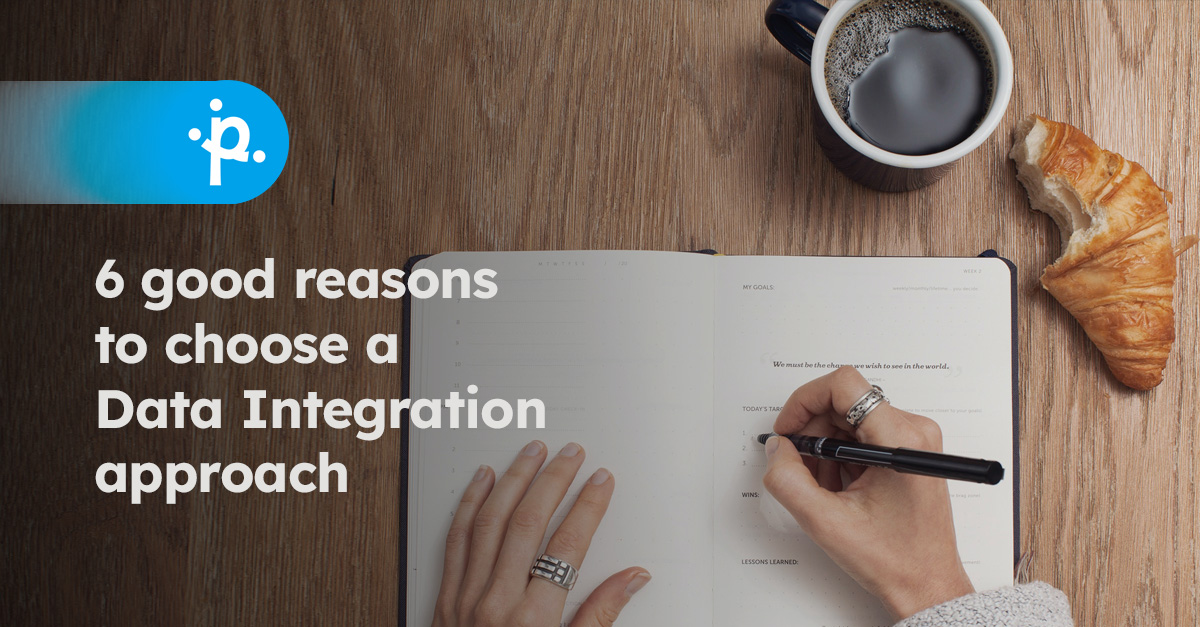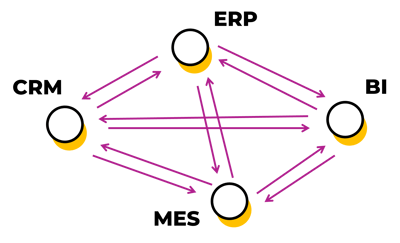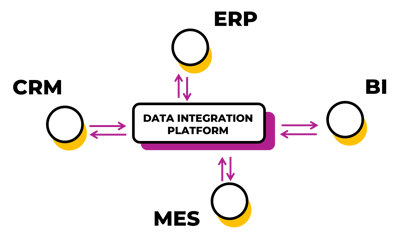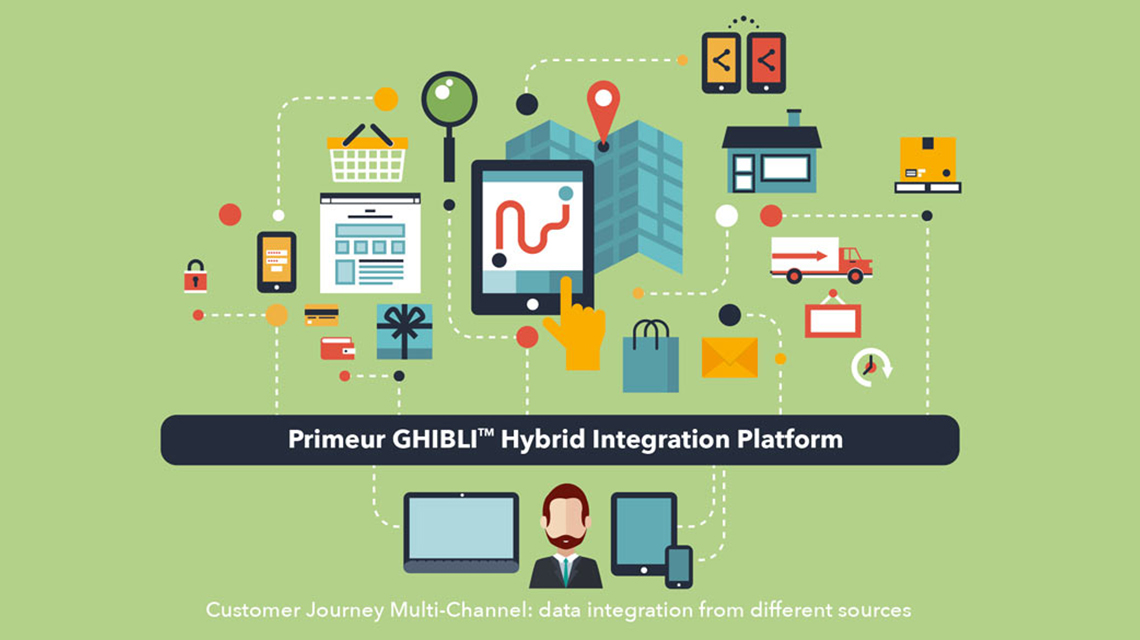
Regardless of their industry, size or type, all companies share the fundamental need to integrate the various application systems in use - both internally and with external counterparts - to establish an effective exchange of data and information amongst them. Application Integration and Data Integration are two integration methodologies for implementing this exchange. What are the differences?
Application Integration: point-to-point integration
The main feature of the Application Integration approach consists in establishing a direct connection from one application to another, in a "point-to-point" mode. Therefore, Application Integration modifies the interfaces of the applications involved to configure the data flow from the source application (data producer) to the target application (data consumer).

This integration approach is the only viable choice when you need a real-time data exchange (in reality, this happens in a small percentage of cases: most of the time, near real-time or batch modes are sufficient). The risk, on the other hand, is to create over time a complex layering that becomes an obstacle to evolutionary operations - such as replacing an outdated application with a more modern one - and brings in high management and maintenance costs.
Data Integration: integration with an intermediary
Data Integration, on the other hand, involves the introduction of an intermediary - a Data Integration platform - that is responsible for picking up and delivering the data appropriately, while also performing any additional operations. With this approach, applications are decoupled and not directly connected: we integrate only the data, not the systems that produce or consume it.

This methodology is not suitable for real-time data exchanges, but can be adopted in all other cases. It is a progressive approach that can be implemented gradually in any type of company. With Data Integration you regain flexibility, as it is easier to change any part of your information system, at any time and without major impacts, and at lower project costs.
Differences between Data Integration and Application Integration, in short
We can summarize the main differences between Data Integration and Application Integration in this table.
|
APPLICATION INTEGRATION |
DATA INTEGRATION |
| Point-to-point connections (coupled applications) | Intermediary connections (decoupled applications) |
|
Essential approach when:
|
Approach adoptable when:
|
| You need to change the interfaces of the applications involved | No intervention is made in any way on the applications, which remain independent |
What is the best integration approach?
As is often the case, the answer is - it depends! Data Integration and Application Integration are equally valid methodologies for achieving the desired result - creating effective communication flows amongst different applications in an information system.
If you need to exchange data in real-time, you will necessarily have to rely on the Application Integration mode; but in all other cases, a Data Integration approach can be chosen, enjoying its advantages both from an economic and scalability point of view.
Indeed, there is an important element to take into account, namely flexibility on the long term: thanks to decoupling, Data Integration allows you to change your application landscape more easily than the complex layering that is generated over time with an Application Integration approach. This is a great advantage if, for example, you want to take full advantage of the benefits offered by a subscription-based model (SaaS) by really having the freedom to switch vendors when you want; or, to take another example, if you want to be leaner and faster in partner onboarding processes.
Ultimately, the choice depends on the analysis of each situation. What is certain is that a wrong choice, which perhaps works in the moment, can in the long run have negative impacts that result in a loss of competitiveness.







